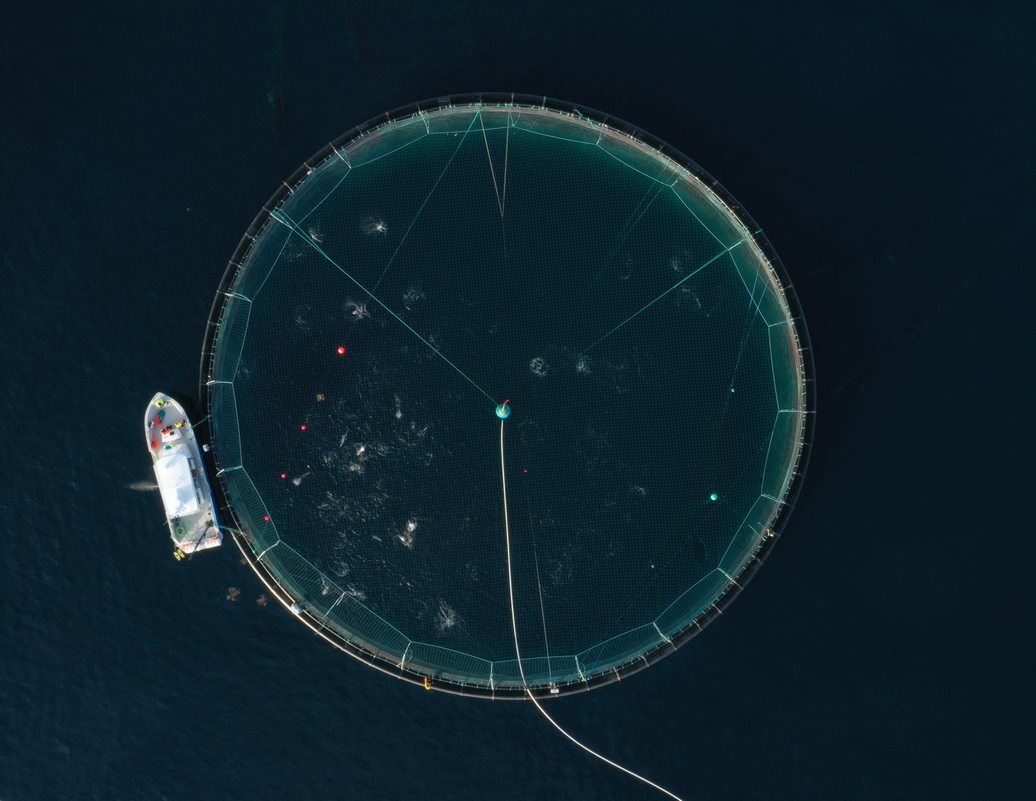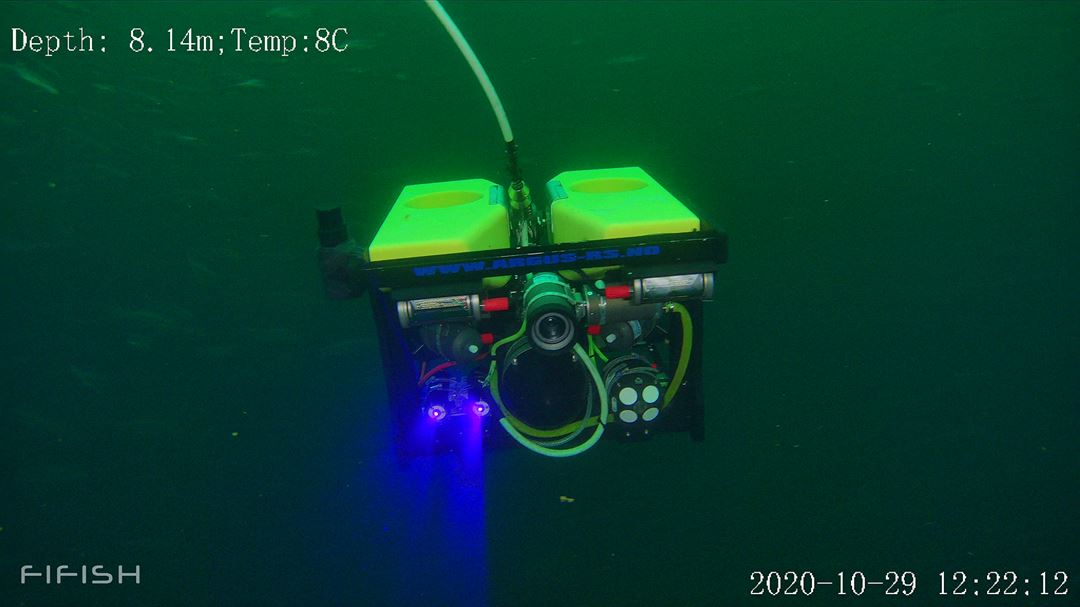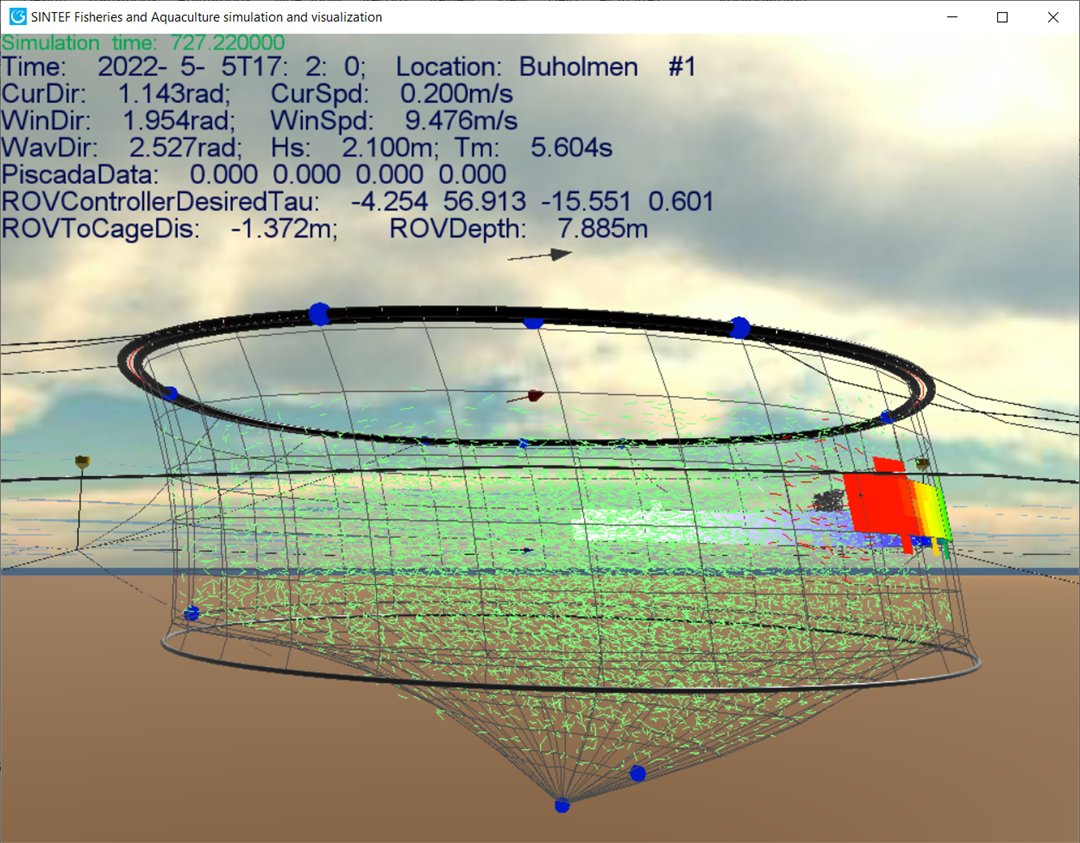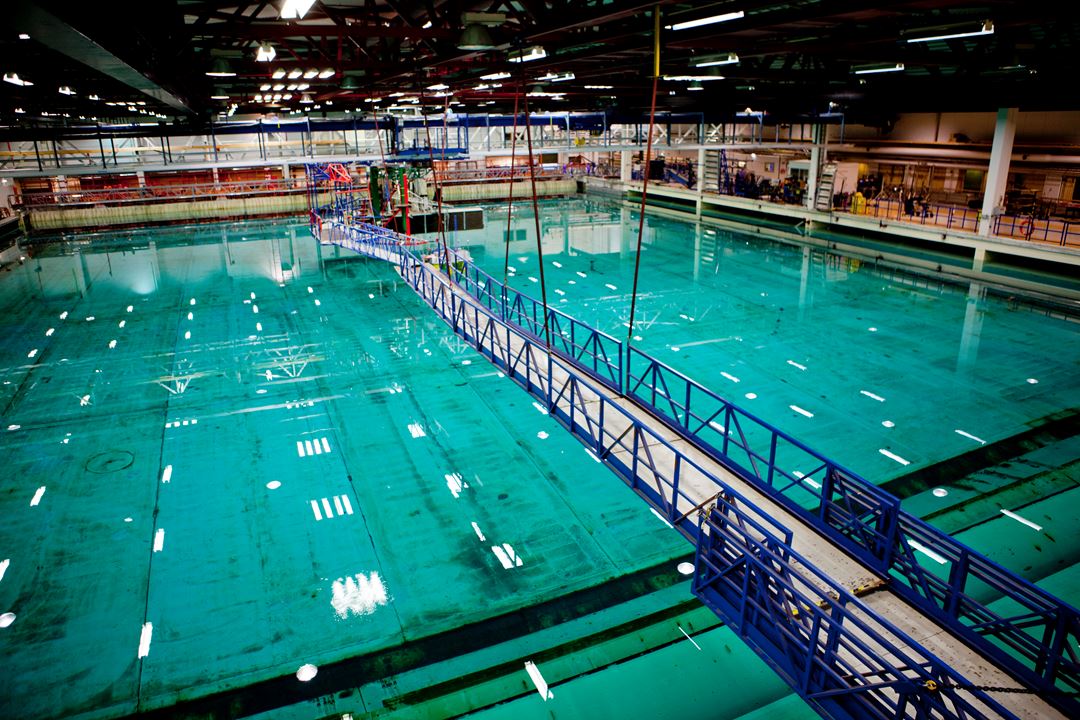
SINTEF ACE - RoboticLab
Resources

SINTEF ACE - full scale aquaculture technology laboratory
SINTEF ACE is a full-scale laboratory facility designed to develop and test new aquaculture technologies. Facility users are researchers and others conducting practical experiments and tests both under optimally controlled and realistic conditions. SINTEF ACE, is open for research and equipment testing to all parties. The research and experimental focus are mainly on technology for operation activities as well as constructions and environment surveillance.

Robotic systems
Our lab is owning and using a variety of robotic systems including aerial, surface (USV) and underwater vehicles (e.g., Argus Mini, BlueROV2, FiFish). Variety of environmental sensors, stereo camera systems and underwater communication and positioning system (e.g., DVL, USBL) are available for integration on different robotic platforms. In addition, the group contributes on the development of new dedicated robotic systems suitable for operating in fish farms. See extensive information on our research page.

Aquaculture Robotic Simulation Framework - FhSim
Aquaculture Robotic Simulation Framework based on the FhSim – Simulation of Marine Operations and Systems features a large collection of mathematical models including ships, fishing trawl systems, aquaculture net cages, closed containment systems, fish behaviour and energetics, feeding systems, remotely operated vehicles (ROVs) and more (www.fhsim.no).
The platform features 4 degrees of freedom (DOF) and 6DOF models of UUVs that have been validated for Argus Mini ROVs, BlueROV2s and the net-crawling robot Remora. In addition, several estimation methods such as 4DOF extended Kalman filter, unscented Kalman filter and nonlinear observers have been implemented in FhSim to estimate the structural deformations. The framework also features different motion planning and guidance methods including waypoint guidance, 2D and 3D ILOS guidance, net-relative guidance and the elastic band method. Finally, the framework contains various controllers such as PID, sliding mode, and adaptive backstepping that can be used to control depth, heading, speed and dynamic positioning (DP), and that have been tested in the field.

The Ocean Basin Laboratory is used for basic as well as applied research on marine structures and operations. A total environmental simulation including wind, waves and current offers a unique possibility for testing of models in realistic conditions. With a depth of 10 metres and a water surface of 50x80m the Ocean Basin Laboratory is an excellent tool for investigation of existing or future challenges within marine technology.

The activities of the towing tanks are related to investigation of hydrodynamic performance of ships and other structures. The tanks are equipped with two carriages: One for towing up to 10 m/s for traditional calm water tests and a second carriage for seakeeping tests and other tests performed with fixed or free-running models.

The marine cybernetics laboratory is a small wave basin and it is especially suited for tests of motion control systems for marine vessels, due to the relatively small size and advanced instrumentation package. The MC-lab is operated by the Department of Marine Technology and it is widely used by Master and PhD students.